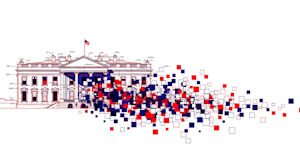stable-pretraining-v1: Foundation Model Research Made Simple
PositiveArtificial Intelligence
- The stable-pretraining library has been introduced as a modular and performance-optimized tool for foundation model research, built on PyTorch, Lightning, Hugging Face, and TorchMetrics. This library aims to simplify self-supervised learning (SSL) by providing essential utilities and enhancing the visibility of training dynamics through comprehensive logging.
- This development is significant as it addresses the challenges faced by researchers in the AI field, such as complex codebases and the engineering burden of scaling experiments. By streamlining the process, stable-pretraining promotes faster iterations and more effective experimentation.
- The introduction of stable-pretraining aligns with ongoing efforts to enhance AI safety and efficiency, as seen in advancements like SaFeR-CLIP, which mitigates unsafe content in vision-language models. Additionally, the emphasis on modularity and flexibility reflects a broader trend in AI research towards creating integrated systems that can adapt to various tasks and domains.
— via World Pulse Now AI Editorial System

